Astrophotographer Brennan Gilmore has captured spectacular views of the solar wind stripping a vast section from C/2025 A6…
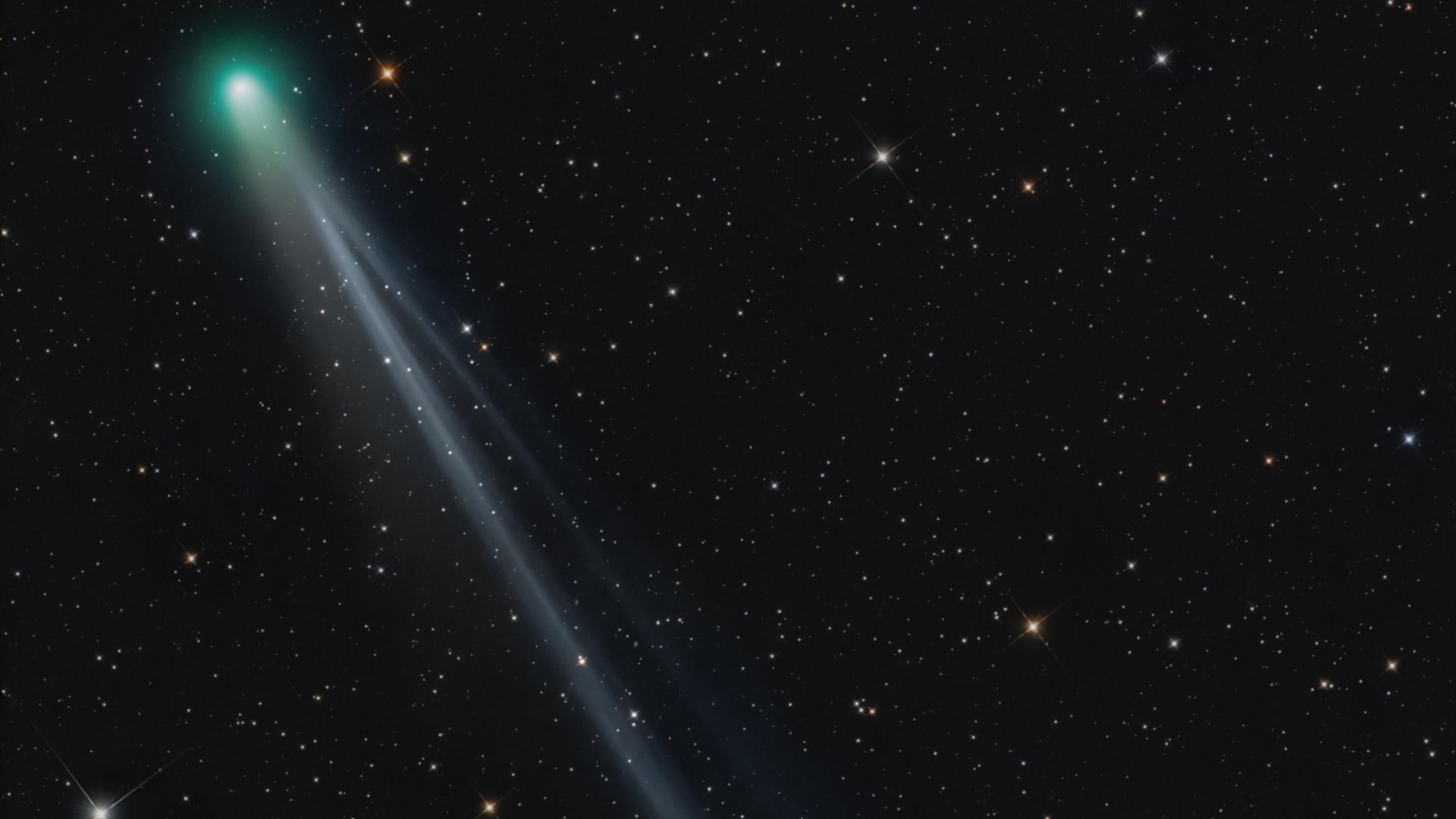
Astrophotographer Brennan Gilmore has captured spectacular views of the solar wind stripping a vast section from C/2025 A6…
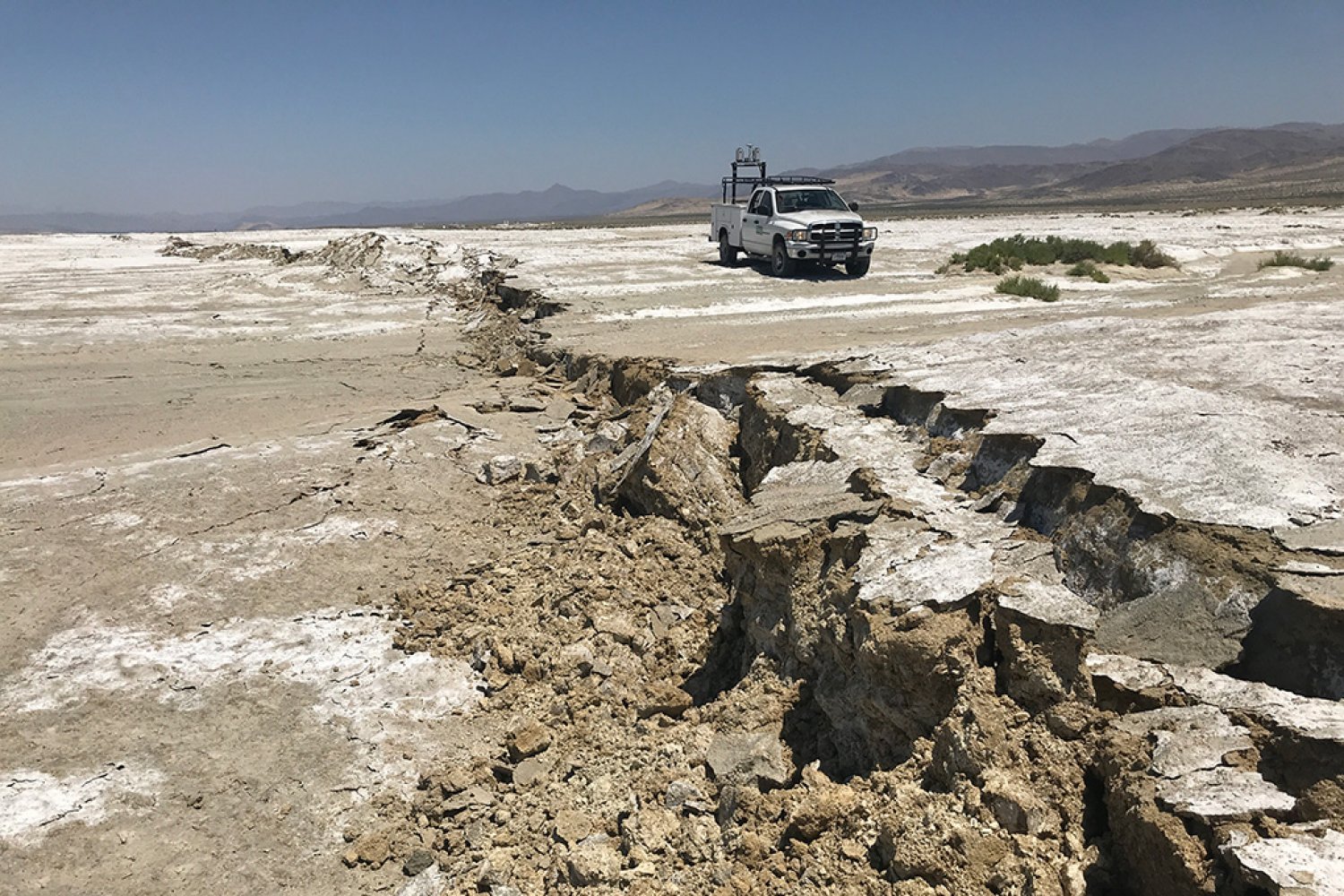
Earthquakes often bring to mind images of destruction, of the Earth breaking open and altering landscapes. But after an earthquake, the area around it undergoes a period of post-seismic deformation, where areas that…
This request seems a bit unusual, so we need to confirm that you’re human. Please press and hold the button until it turns completely green. Thank you for your cooperation!

Born in Palermo, Sicily, Giorgio Rizzo spent his childhood curious about the natural world. “I have always been fascinated by nature and how plants and animals can adapt and survive in extreme environments,” he says….

This request seems a bit unusual, so we need to confirm that you’re human. Please press and hold the button until it turns completely green. Thank you for your cooperation!
This request seems a bit unusual, so we need to confirm that you’re human. Please press and hold the button until it turns completely green. Thank you for your cooperation!
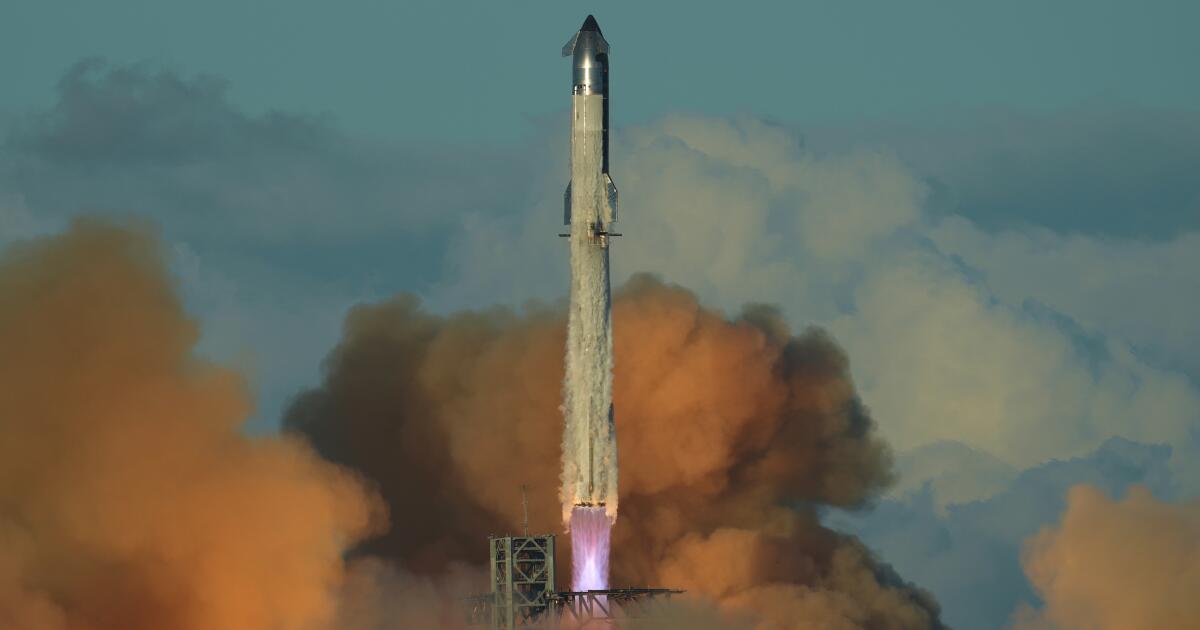
SpaceX launched another of its mammoth Starship rockets on a test flight Monday, successfully making it halfway around the world while releasing mock satellites, like last time.
Starship — the biggest and most powerful rocket ever built —…
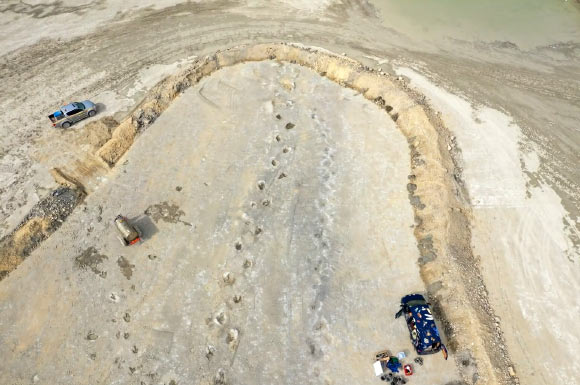
In 2024, a major new sauropod dinosaur track site was uncovered at Dewars Farm Quarry, near Bicester in Oxfordshire, England. This year, paleontologists from the University of Oxford, the University of Birmingham, Liverpool John Moores…
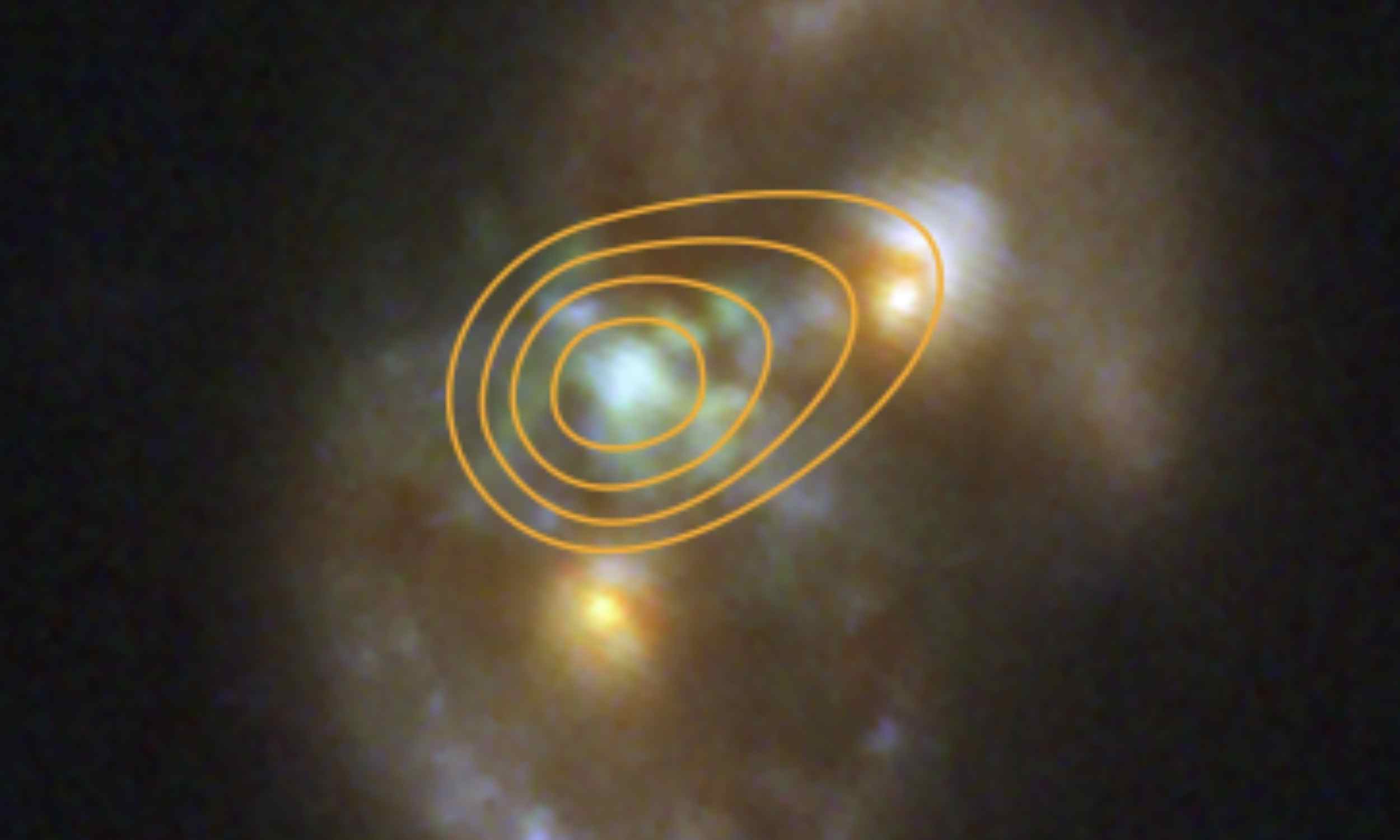
Astronomers using the James Webb Space Telescope have spotted an object, named the Infinity Galaxy, that turns a basic rule of galaxy evolution on its head – a likely direct collapse black hole.
These objects form directly from the collapse of a…